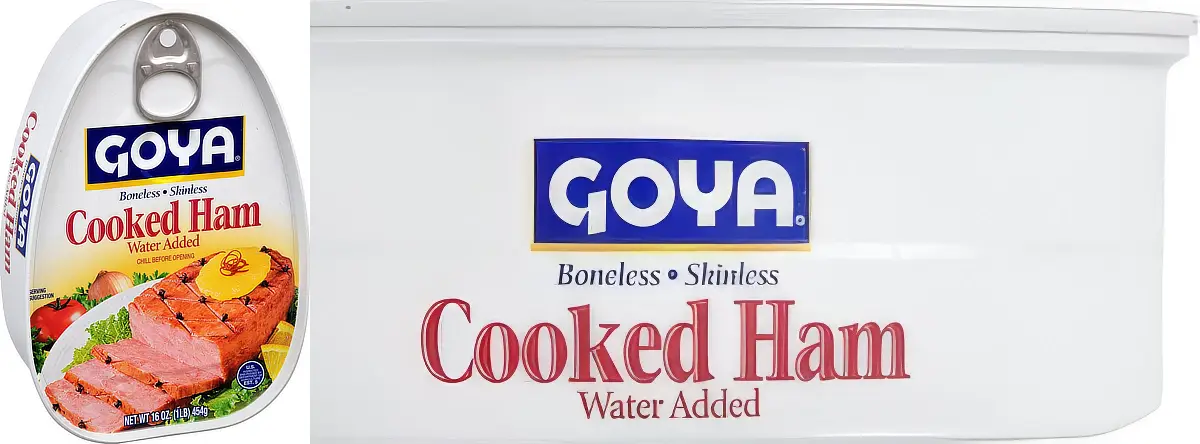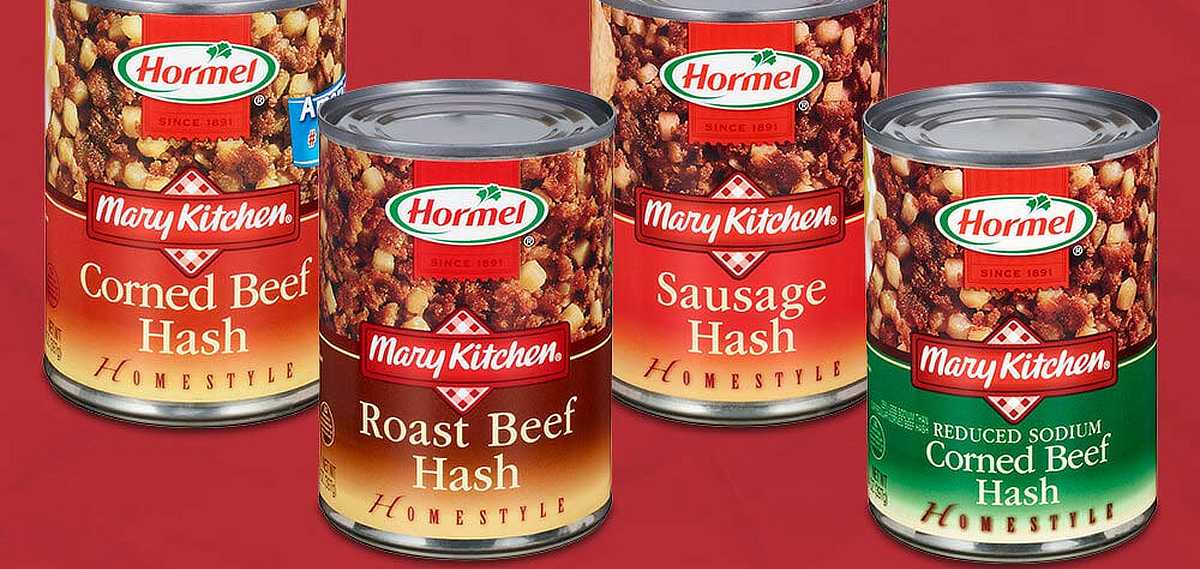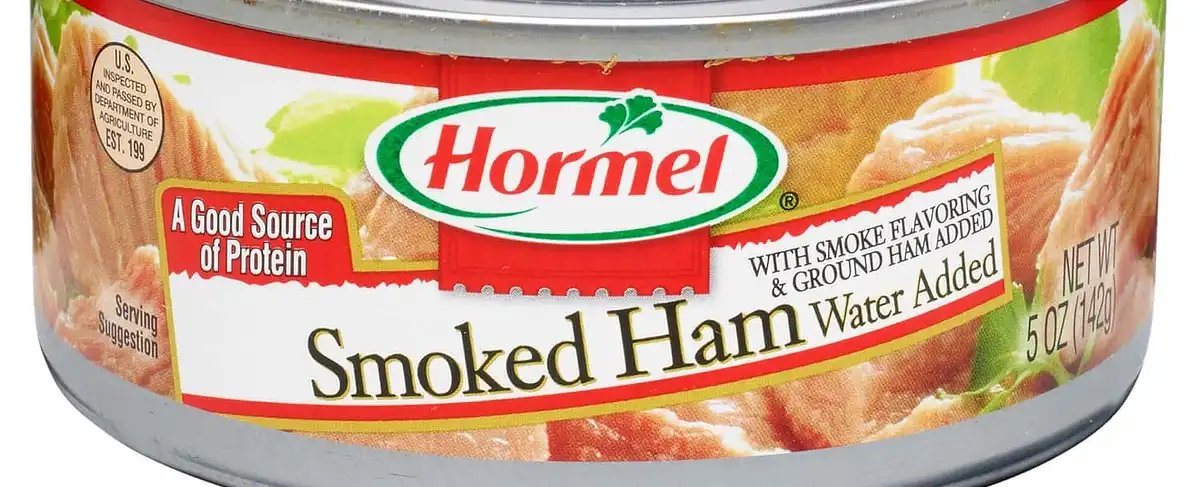Highest Calorie Canned Food For Survival

Here is my practical advice on the highest-calorie canned foods. Why would I want this? As part of my overall survival/prepping and preparedness, food inventory (among other food items). I have included some examples and recommendations below for you to review. I want to emphasize the value of storing some calorie-dense canned food (for prepping) and provide a few examples to get you thinking about it…
Canned food is one of the easiest and quickest ways to establish survival food storage. I won’t get into more advanced prepping related to wide-ranging food diversification and storage methods. Instead, I’m going to keep it simple.
I’m focusing on canned food that meets several criteria, which I believe are particularly important for survival and storage efficiency.
- Calorie density
- Protein
- Nutritional food diversification
Canned Food Calories #1 Priority For Survival
Since we’re talking survival, the number one priority is simple: calories. Regardless of nutrition (at least initially), you must consume enough calories to survive. The general guideline is approximately 2,000 calories per day.
Some canned foods contain surprisingly few calories, while others are packed with lots of calories and are much more beneficial to survival in and of themselves.
When considering which canned foods to stock up on, consider the calories per can and the food type. You might wonder what the highest-calorie canned food is. Why? Canned food provides the most efficient use of food storage space for survival preparedness.
Highest Calories Per Can – Important For Survival
You only have so much pantry space (or wherever) to store extra canned food. While considering what to get, one factor (among several) should be calories. Maximize the calories that you can store on your shelves.
You might (should!) check the total calories per can. Usually, the calories are listed ‘per serving,’ which is a standard portion size. But sometimes, they include calories per can on the label. If not, look for calories per serving and then the total number of servings in the can. Multiply, and now you know the total calories per can.
Example: I picked up a can of Chef BOYARDEE Mini Ravioli, which indicated “Servings About 2” and “Calories 220,” totaling about 440 calories per can. Simple. Now you have a better idea of the calorie density of that particular canned food while determining what’s best for your own survival storage.
Most people have limited space for their survival food storage. So that’s why I’m focusing on and recommending that you also focus on calories. The more calories in canned food, the better for storage efficiency. Here’s a glaring example..
I just checked one of my cans of green beans. It only has about 50 calories (0.1 calories per gram). That’s all!
SPAM is among the highest, if not the highest, high-calorie canned food for prepping and preparedness.
Spam is very calorie-dense and packed with protein. I looked at the nutrition label. It has 1,080 calories and 96 grams of protein! Now that’s what you call survival in a can!
Spam is very calorie-dense and packed with protein. According to the nutrition label, it has 1,080 calories and 96 grams of protein! Now that’s what you call survival in a can!
Spam is part of my overall prepping and preparedness food storage. You can’t beat it for calories vs. shelf space. One case of Spam is equivalent to ~ six survival days. Not that you would want to consume this daily, but it puts perspective on it.
I may earn commission (no extra cost) if purchased.
Thank you
3.2 calories per gram
SPAM Classic
Pack of 12 on Amazon

Libby’s Corned Beef
In business since 1868, Libby’s corned beef canned meat contains beef with seasonings and is a favorite in America. It is one among many great choices of canned food in your pantry, efficiently packed with calories for a quick meal. It is excellent for survival and preparedness, especially when pantry space is at a premium.
Brazil and Corned Beef: Brazil plays a significant role in canned corned beef production and has become a major supplier, with approximately 80% of the global canned corned beef supply originating from there. This has made Brazil a key source for Libby’s corned beef.
2.1 calories per gram
Libby’s Corned Beef
From the Libby’s store on Amazon

Canned Tuna in Oil
Any tuna in oil is packed with protein and omega-3s, making it a good choice to diversify your pantry’s calorie-dense canned food choices.
Consumption guidelines due to the potential for mercury content: For adults, albacore tuna, also known as white tuna, should be limited to one 4-ounce serving (a typical can) per week. Yet, yellowfin tuna is safe to consume two to three 4-ounce cans each week.
1.9 calories per gram
Genova Tuna in Olive Oil
Yellowfin Tuna on Amazon

GOYA Cooked Ham is a calorie-dense canned food.
Here’s another good choice for high-calorie canned food: Cooked Ham. The GOYA brand comes in a one-pound can and has 800 calories.
1.8 calories per gram
GOYA Cooked Ham
Pack of 12 on Amazon

Corned Beef Hash (and Roast Beef Hash)
I just did a quick calorie check on my cans of Hormel corned beef hash (and roast beef hash). Each can packs a whopping 760 calories, while the same-size can of green beans only has 50 calories. It’s quite an eye-opener. This stark contrast puts into perspective the calorie content of canned foods.
As a bonus, a can of corned beef hash contains about 36 grams of protein. These factors place it along with many other favorite canned foods for survival storage. It is calorie-dense and has plenty of protein. And it even tastes good.
I am not suggesting that this be your only focus when buying grocery-store canned food for preparedness. But I am saying to give it some attention (calories).
1.6 calories per gram
Hormel Corned Beef Hash
Pack of 12 on Amazon

Do you see where I’m going with this? I’m focusing on canned foods for their calories (efficient use of survival storage) and protein content.
Hormel Smoked Ham.
In the photo up top, you can see three stacked 5-oz cans. They equate to about the same volume as canned corned beef hash. The three combined cans have 675 calories and 68 grams of protein. It’s a bit more expensive, but it tastes good.
1.6 calories per gram
Hormel Smoke Ham
Pack of 12 on Amazon

Canned Baked Beans
Canned baked beans make the list, too. You can’t go wrong with any of your choices of flavors or brands. What a great way to diversify while at the same time being assured of calories per can for the sake of prepping and preparedness.
You might consider Bush’s baked beans. Back in 1969, Condon Bush decided to share his mother’s secret recipe with all of America. Tender navy beans are slow-cooked with specially cured bacon, fine brown sugar, and a signature blend of spices. Just writing this is making me hungry…
1.2 calories per gram
BUSH’S BEST Original
Pack of 12 on Amazon

Canned Food Diversification
Food Diversification. Your own may include a quantity of various canned foods purchased from the grocery store. That’s one thing that I do… It’s fast, easy, and available, and it will store well for several years (actually, quite longer than that – see the link below).
It is not recommended to use ONLY canned food in your food storage. Still, it is best to include them in your overall inventory for diversification and variety.
Note that anything with tomato sauce, which is highly acidic, should generally be consumed within 3 years. Low-acid canned food items like corn and beans will last a very long time, but it is still advisable to consume them within 5 years. Canned meats are about the same. However, my extensive experience has consistently shown a longer shelf life than the recommended guidelines, providing you with reliable advice.
[ Read: Use-by, Best-by, Sell-by | Food Expiration Dates ]
When you are considering what foods to store, and other food or cooking staples to go along with your food storage plan, don’t ignore the possibility of appetite fatigue — which is where a variety of foods are important — including canned foods.
Diversified Grocery Store Canned Foods For Prepping
Here are a few ordinary grocery store canned food categories—ideas to get you thinking about the possibilities. Some of these are low in calories, but they obviously serve well for a more ‘well-rounded’ canned food storage.
CANNED…
- Vegetables, Beans, Carrots, Corn, etc. (low calories)
- Soups (fairly low in calories)
- Meats, Chicken, Beef, Ham, Spam (excellent)
- Tuna, Salmon, Shellfish (good)
- Canned Stews (medium to high calories)
- Chili (pretty good)
- Canned Pasta, Ravioli, Spaghetti’Os (medium calories)
- Tomatoes, Tomato Paste, Sauce (low calories)
- Fruits (low to medium, but diversified)
- Potatoes, Hash-browns (medium)
Personally, what I have done in this category of grocery store canned foods is primarily focused on a variety that are both high in calories and protein (some I’ve shown you above)—also, various canned meats – chicken, beef, pork/ham products. Spam, too, is technically meat, right? Seafood, such as canned tuna, salmon, and sardines, is also related to it. I’ve not forgotten canned veggies since I have the space for it all.
[ Read:
Canned Meats For Survival Protein
Spam Shelf Life, and What It’s Made Of

